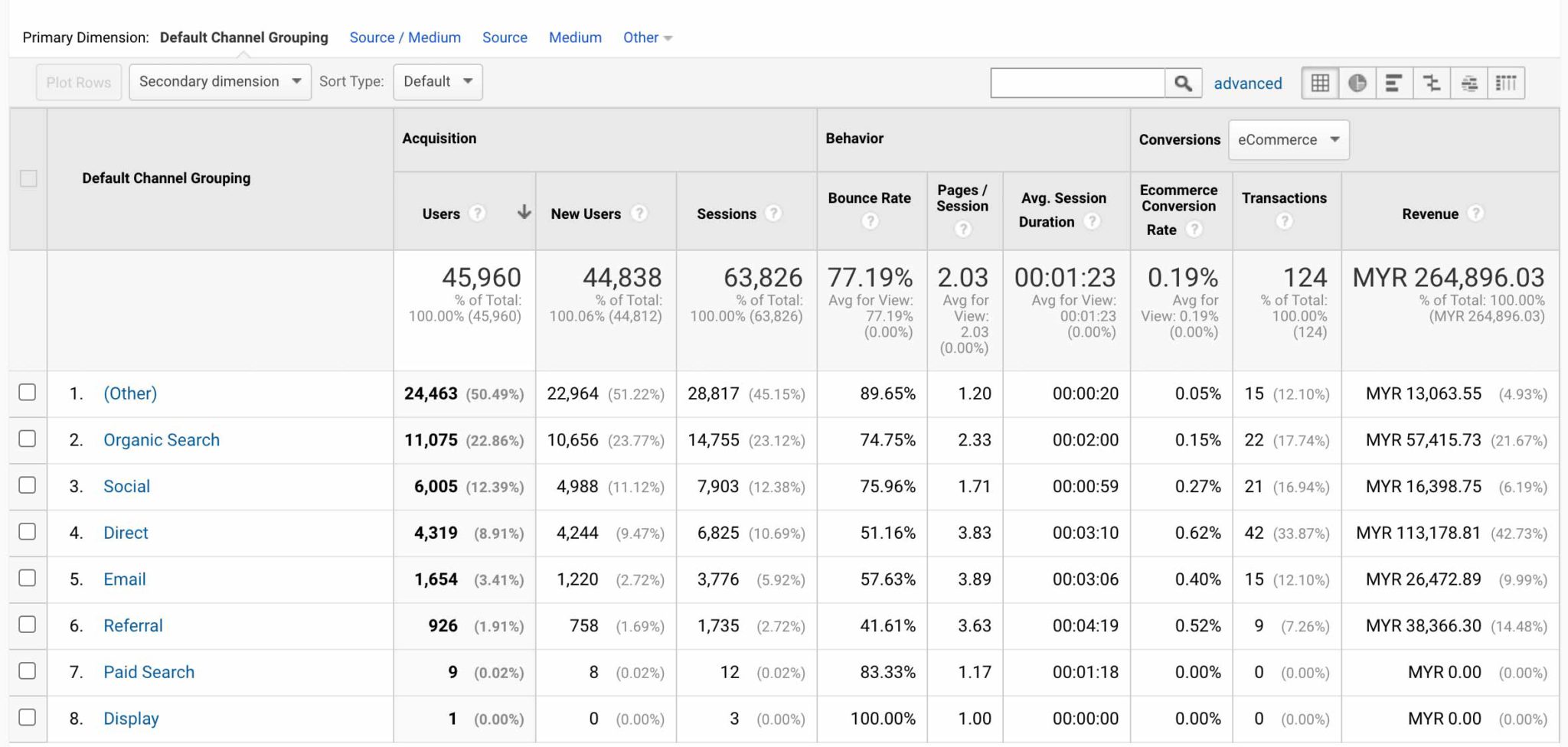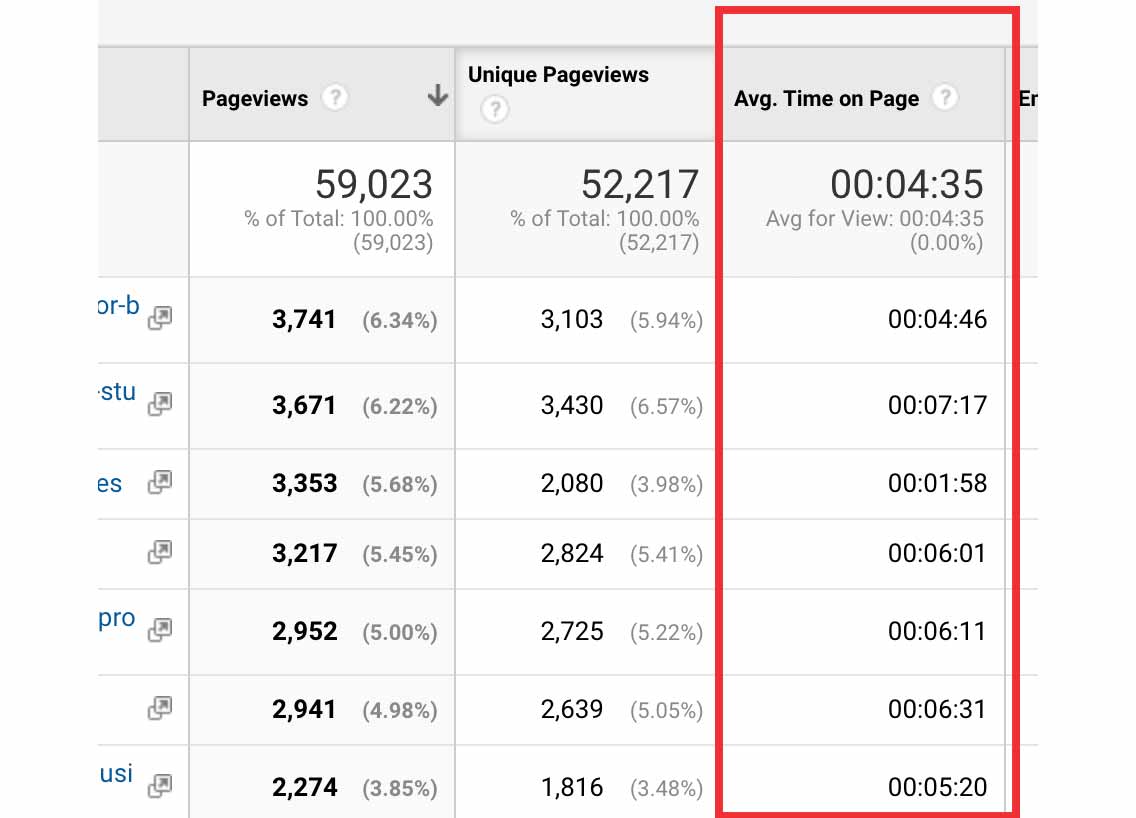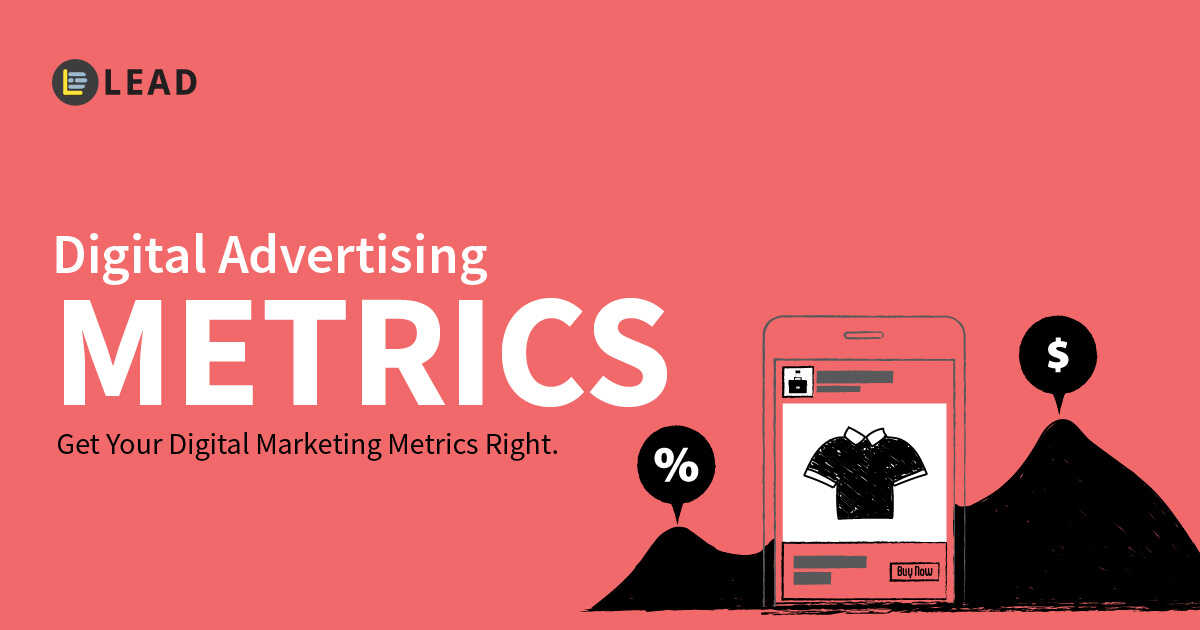If you’re doing digital marketing – you should be tracking and measuring. Whether it’s marketing your own business or working as a digital marketer in Malaysia – eventually you are going to have to answer questions such as:
- What is our conversion rate?
- What are we tracking?
- What are we not tracking?
- Which traffic sources are giving us the best ROI?
- How much can we spend on acquiring clients, without going negative?
With so many digital marketing metrics to remember, you’ll quickly be overwhelmed if you’re just starting out. In this post, I’ll list out and explain 10 of the most popular digital marketing metrics and how to use them.
Why track all these marketing/advertising metrics anyway?
No matter the type of marketing strategy you use, a business’s goal is usually – to grow revenue. This is why it’s important that we use the proper metrics to find out if our marketing is working and actually helping the business grow.
To start measuring digital data, begin with Google Analytics – the most popular and free method to track your digital marketing activities.
Google Analytics collects web and app traffic data and reports quantitative data, giving you the insights to know if your marketing tactics are working and what you can do to get more success.

Google Analytics is an essential web analytics tool for digital marketers and businesses.
Become a pro at Google Analytics: Check out LEAD’s Google Analytics Primer course.
Top 10 Most Important Digital Marketing Metrics
1 – CR (Conversion Rate)
Conversion rate refers to the number of visitors who took an action/goal on a marketing medium. Generally, marketers want a high conversion. However, there is no single standard for conversion rates. Certain industries like insurance or real estate would see lower conversion rates compared to the food & beverage and entertainment industry.
Formula: Conversion rate (CR) = (# of conversions / # visitors) * 100%
Example: You sent an offer email to 1000 subscribers and 20 users bought your offer. You have a 2% conversion rate. While measuring conversion rate is important, it doesn’t tell you too much if your marketing efforts are successful. Let’s look at getting a clearer picture of measuring our conversions.
2 – CPC (Cost per Conversion)
CPC is usually referred to as cost-per-click, especially within advertising report dashboards, but I find cost-per-conversion more meaningful for marketing. Because conversions, whether its getting leads, sales, or phone calls – are what matters more than clicks, right?
Cost per conversion is used to identify how much it really costs for a marketer to acquire a certain action. It should also include the cost of traffic during a campaign duration where conversions are tracked.
Formula: Total cost of traffic / # of conversions.
Example: You paid RM10,000 to display a banner ad for 2 weeks in a digital magazine. During the entire 2 weeks, you received 200 lead conversions on the landing page. Your cost per conversion is RM50.
3 – ARPU (Average Revenue Per User)
Mostly used by SaaS or tech businesses, ARPU is used to find out the average revenue contributed by a user. I don’t usually see traditional brick and mortar businesses use ARPU to calculate their revenue growth, as they don’t build an audience base, but they should.
Generally, it’ll be easier for you to project and plan your business growth if you know the average revenue per user in your business.
Formula: Total revenue / # of users
Example: Your software business has 100 users and you generate RM50,000 revenue every month. Your ARPU is RM500.
4 – CAC (Customer Acquisition Cost)
CAC refers to how much it cost you to acquire a customer. Knowing this is important especially if you want to know if a particular ad campaign is driving you customers at an acquisition cost you can bear, to remain profitable in your business.
A common mistake beginners in digital marketing make is when they run ad campaigns to only measure the number of engagements or clicks to website they receive on their ads. Getting low cost-per-clicks may give the illusion that your ad campaign is successful. But what matters is usually not clicks, but conversions.
Formula: Total marketing expenditure / # of customers
Example: You spent RM1000 on ads and got 10 new customers. Your CAC is RM100.
5 – CLTV (Customer Lifetime Value)
My favorite marketing metric is CLTV. It refers to how much your customer potentially gives you in revenue over their lifetime of being in business with you. There are many ways to calculate customer lifetime value, depending on the nature of your business. However, we’ll use a simple formula in this example.
Formula: ARPU * Margin * Frequency
Example: Your customer spends RM50 every month buying coffee from you. You make a margin of 60% per cup of coffee sold. Your CLTV for a year is RM360. Once you know the CLTV of your typical customer, it becomes easier to analyze & optimize an advertising or marketing campaign to hit profitability. For example, if your ad campaign is driving customers at a CAC of RM100 and your average CLTV is RM2000 – then the campaign is profitable.
6 – ROAS (Return-On-Ad-Spend)
How much in return you get back for every dollar you spend in ads. Marketers generally use this to gauge if their ad campaigns are successful. The general rule of thumb is to aim for at least 4X ROAS – to cover for your ad spend, running cost, and time.
Formula: (Revenue – Ad Spend) / Ad Spend
Example: You spent RM2,000 on ads and the ad campaign generated RM20,000 in revenue. You have a 9X ROAS.
7 – (AOV) Average Order Value
One of the ways to increase revenue is to increase your business’ AOV, because it’s easier to convince an existing customer to increase their order size, compared to trying to acquire a new customer.
As an example, think of the cashier at Starbucks asking you if you want to upsize your drink by just adding a bit more. Take note that AOV (Average Order Value) should be measured as the average revenue per order, not revenue per customer – understanding that your customer may buy more than once.
Formula: Revenue / Number of Orders
Example: Your customer typically buys three cups of coffee at RM10 each from your stand. Your AOV is RM10.
Example 2: If you collected RM200,000 in revenue and had 250 orders over the month, your AOV is RM800.
8 – Time spent on site
The longer a user spends on your site, looking at pages, posts, and content – the better. Tracking time spent is a good indicator of whether your visitors are finding value on your site.

Average time spent on page tracked within Google Analytics
Pro Tip: Always wonder what content titles and ads to create? Check your Google Analytics and notice the content that your visitors spend a lot of time on. Once you identify the topics that your visitors want to consume, it’ll be easier to create more content around them. However, take note that a longer time spent on a site can be bad as well – if you happen to run a customer support website. In this case, the shorter a user spends on your site, the better. Understand the reason why visitors visit your site, before looking at the time spent on site.
9 – MRR (Monthly Recurring Revenue)
This would be your main metric to be tracking, especially if you run a SaaS (software as a service) business like Mailchimp. Running a business with a recurring model is great, but you have to look at ways to continue growing the MRR (Monthly Recurring Revenue) rate as it would be the base of your business sustainability.
Formula: Average revenue per user/account X total number of user/account per month
Example: Your customer pays RM200 per month to use your accounting software. Each month you acquire 50 customers. Your MRR is RM10,000.
10 – Bounce Rate
A bounce rate is a website metric when someone sees your page and then just leaves. If you are recording a high bounce rate on your website, this means people are not finding what they want to on your page. What you can do is to re-organize the elements on your web pages that recorded a high bounce rate, to encourage visitors to take action by clicking or engaging with elements on your page.
Formula: Visitors to a page with no interactions / total visitors visiting a page X 100
Example: You have a total of 1000 website visitors. 100 of them bounced off your page. Your bounce rate is 10% Is there a case in which it’s okay to have a high bounce rate? Yes, the web page is a content page like a long blog post where there are no clickable elements to interact with.
Sure, some SEO marketers might say that Google uses the bounce rate metric to decide if your website deserves to be ranked on the search engine results page. Then again, there are hundreds of other SEO signals that Google uses to determine if your website deserves to be ranked. Bounce rate is one of them – but it really depends on the context of your website and the experience it gives visitors.
What’s next for you?
Ready to do better digital marketing? Remember, analytics is one of the major skillsets that will turn you into an in-demand digital marketer. I hope this list of digital marketing metrics is useful to you.
What are some important marketing metrics that I’ve missed out in this post? Let me know in the comment section below and I’ll put them right up. This list will be constantly be updated. So make sure to bookmark this page and check back from time to time for new updates.


0 Comments
Trackbacks/Pingbacks